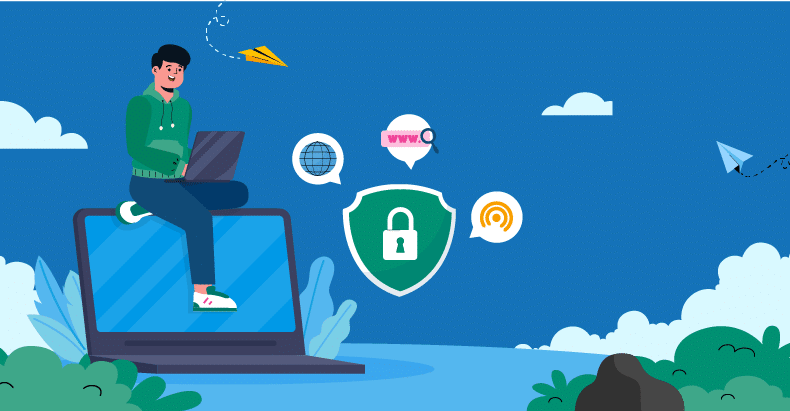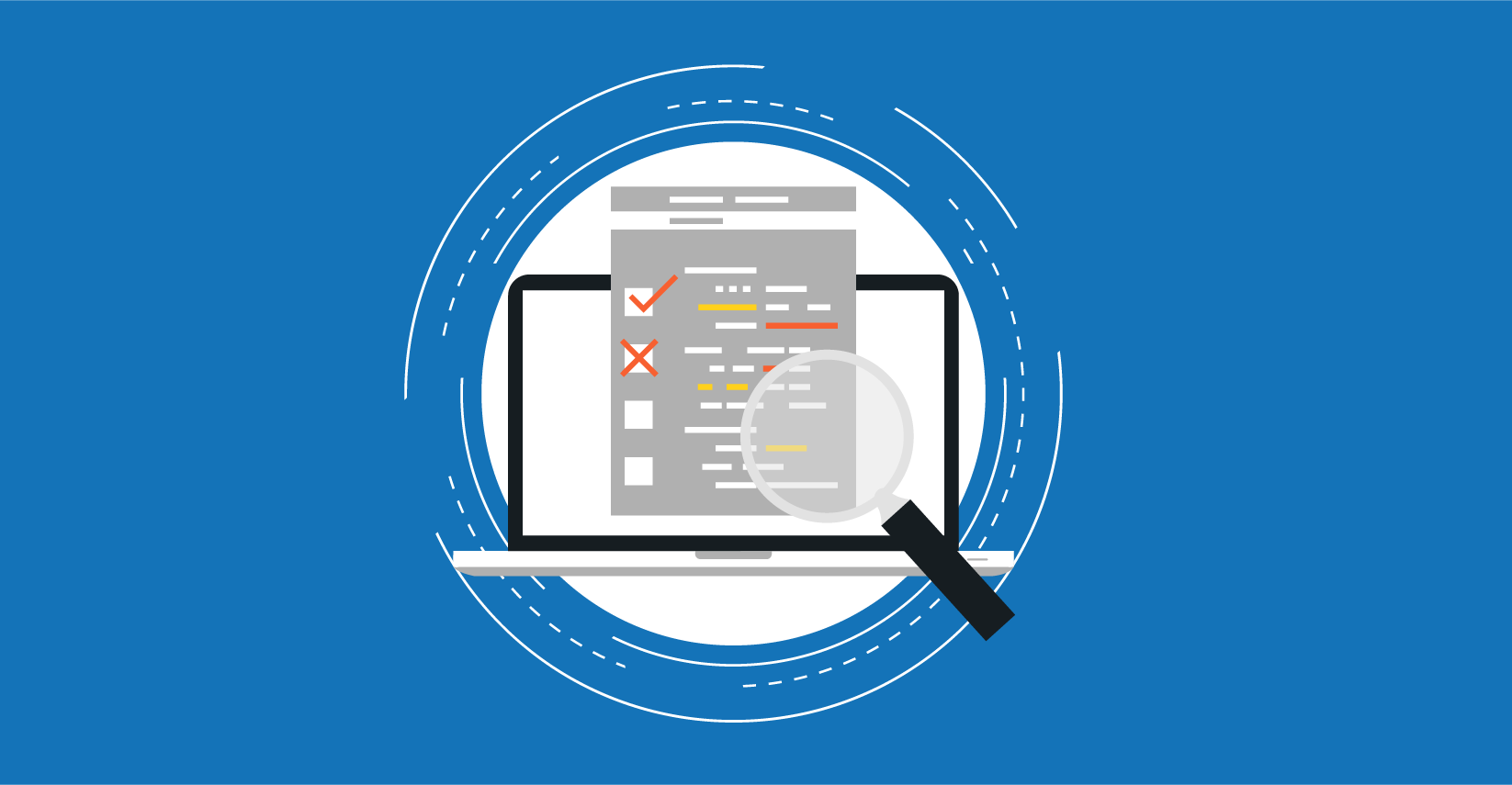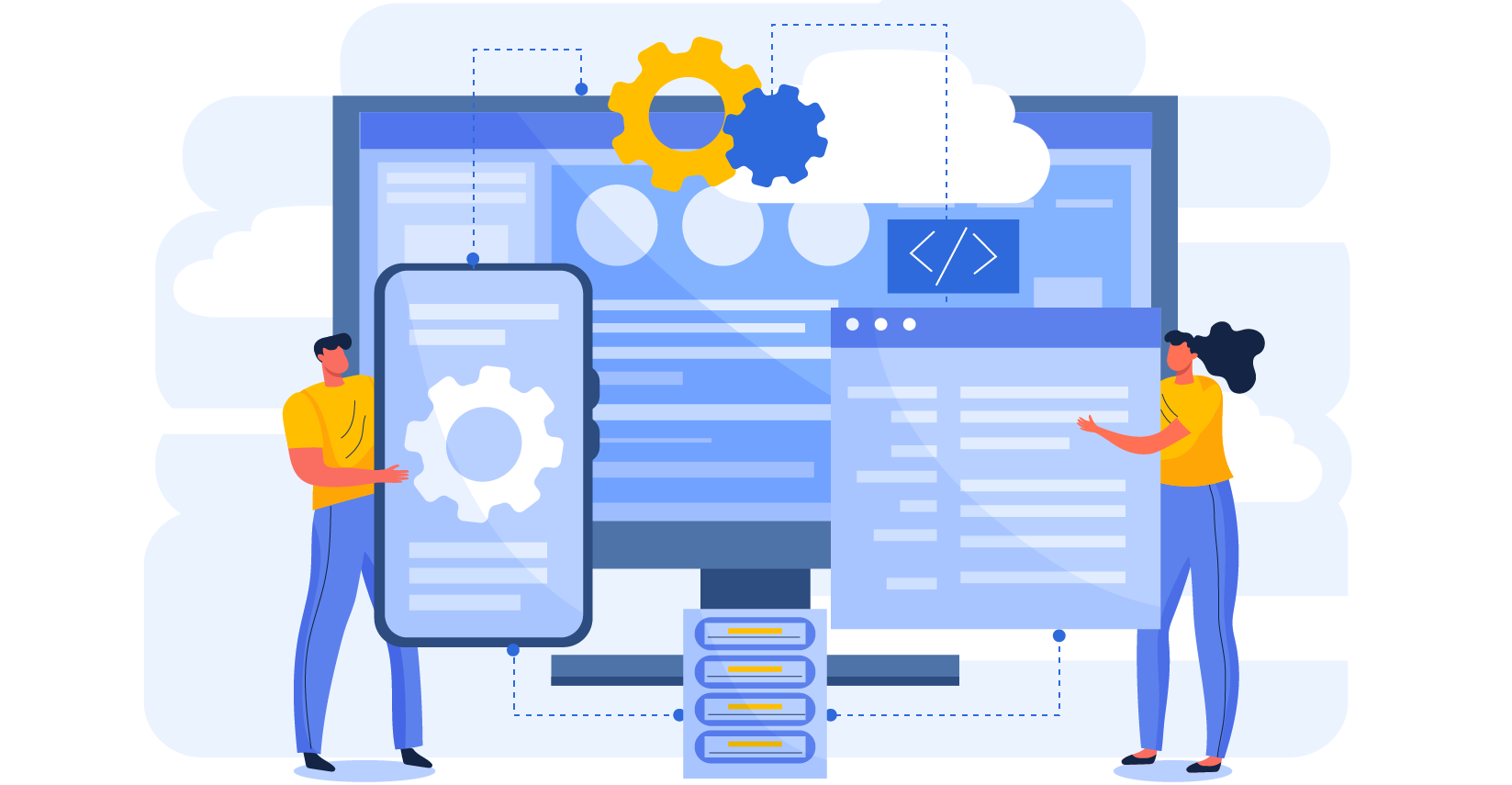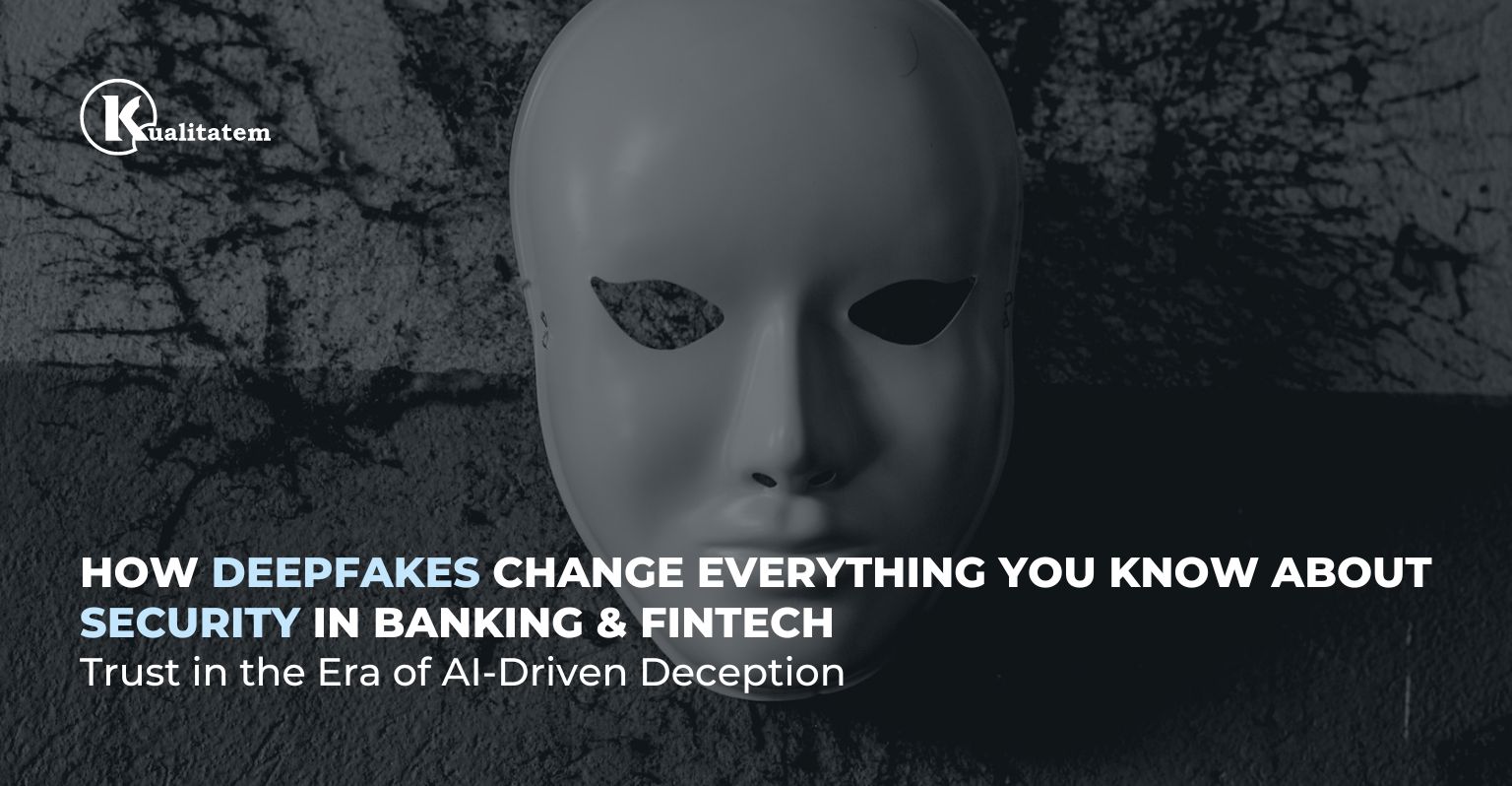The Evolving Landscape of Cybersecurity Services

- February 19, 2024
- admin
With the continuous growth of the digital realm, the increasing need for Info Sec services is becoming obvious. Hackers are more active than ever, which is why a reputable business must continuously update its security services. Viruses are not the only thing they need to be concerned about, which is why data protection services have also adapted over time. This article will offer more information on that matter.
How Cybersecurity Threats Evolved
In the past, the main malware that people had to worry about was a virus that aimed to damage the data in your computer. Now, a Security Operations Center (SOC) needs to guard against other attack types as well. Ransomware is a very common tactic, and tricks used in phishing have also become more sophisticated.
Not to mention that data breaches are more frequent than ever, putting at risk the financial information of countless people every day. These threats are becoming less easy to detect, as they look for vulnerabilities in the system while preying on user cluelessness. This is why threat detection services had to evolve, to protect against these kinds of cyberattacks.
Trends in Cybersecurity
With the constant evolution of technology, security risk management services also picked up a few trends. This may include the following:
Artificial Intelligence
Many network security services are using artificial intelligence to protect against cybersecurity threats. Machine learning and AI have been used to detect threats in real time, improving incident response and threat detection. Software for threat protection can immediately respond and remove the threat, reducing the risk to your system.
Cloud Security
More and more people are opting out of hard drives and DVDs, preferring to use cloud platforms to store their information. This led to the rise of cloud security services, focusing on the specific protection of cloud platforms. This type of data protection is fairly common nowadays, as plenty of organizations are relying significantly on cloud systems.
Zero Trust Security
When it comes to the Internet, one can never be too sure. This exact kind of thinking led to the development of the Zero Trust Security model. This identity and access management (IAM) type of system assumes that no one can be trusted, no matter if they come from inside or outside the used network. Access is only granted once they go through strict identity verification.
Biometric Authentication
To prevent breaches as a result of identity theft, managed security services have begun using biometric authentication. With this system, access is granted through facial or fingerprint recognition, ensuring that no one but the user logs into the account.
The Bottom Line
Cybersecurity has changed a lot over time and will keep changing as technology improves. With more data being stored online and hackers gaining more ground, the landscape of cybersecurity services will likely continue to adapt. This continuous evolution may ensure the safety of the end-users in the future, protecting them from cyberattacks such as identity theft, ransomware, or phishing.











